Will Greene is a research associate and photogrammetry specialist at PIMS. He leverages 3D modeling and Geographic Information Systems (GIS) technology to monitor coral reef and mangrove ecosystems, so that we can do a better job of preserving and restoring them for future generations.
We catch up with Will, his journey into the world of ocean sciences, and his unique skillset below!

Will, tell us how it all began. What inspired you to become a marine biologist?
“I grew up on an island on the coast of Maine, less than a mile from Acadia National Park, so I’ve been surrounded and fascinated by the ocean my entire life. I spent most of my free time as a kid exploring the ins and outs of Acadia National Park, which instilled in me a passion for nature and conservation that’s at the core of who I am. I graduated from Middlebury College in Vermont in 2019 with a degree in conservation biology and a focus in geography and cartography. During my senior year there, after taking a course on coral reef ecology in The Bahamas and falling in love with the underwater world all over again, I began working with PIMS on underwater photogrammetry projects, which evolved into a full time job in 2020.”

Above: Mangroves at night (drone shot by Will).
What does your day-to-day look like working at PIMS?
“When I’m in the field, I spend most of my time behind a camera, collecting data to make underwater models and maps with sub-millimeter precision, or flying a drone to map the land and shallow reefs from the sky. Back in the office (or the home during COVID!), I work on a computer to process, analyze, and learn from all of the field data to help with a wide variety of projects.

Above: Will’s model of Sandy Cay reef off Abaco, The Bahamas.

Above: A drone shot of the research ship, R/V Angari.

Above: An aerial shot of coral reefs.
Tell us more! How do your models bolster our understanding of coral reefs?
“Here’s my favorite way to think about what I do: creating digital replicas of exactly what the environment looked like at the time I was there, so that we can explore the model and learn all sorts of things from it (maybe even some things we were totally unaware of when we were in the field) in the future. It’s a complicated and incredibly fun job that lets me use my passions for conservation, biology, photography, mapping, and coral reefs, all at the same time!”

Above: A 3D model of a coral reef created by Will.
What’s the best part of your job?
One of the most rewarding parts of my job is getting to create aesthetically pleasing products, from hyper-accurate reconstructions of intact and beautiful reefs that you can explore in 3D, to taking mesmerizing drone photos from hundreds of feet above the ground. It’s an amazing way to highlight the natural beauty of The Bahamas. I hope that some of them bring new inspiration for you to help protect our natural world – they sure do for me!
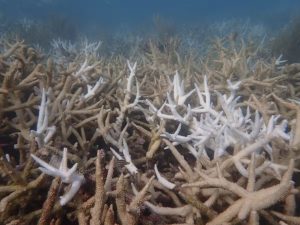
Florida’s Coral Reef Crossed a Line: What Functional Extinction Really Means for Elkhorn and Staghorn Corals
Reefs didn’t just bleach. They functionally vanished in one summer. A new Science study co-authored by researchers from the Perry Institute for Marine Science (PIMS) has found that Florida’s two
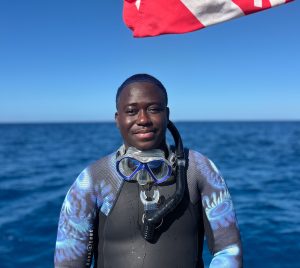
Q&A: Understanding the IDC Course at PIMS with Duran Mitchell
A former aquarist turned coral conservationist, Duran is passionate about understanding how all marine life connects. PIMS & IDC: Empowering New Dive Instructors for Marine Conservation PIMS & IDC: Empowering
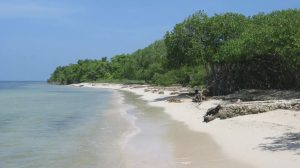
Forbes Shines a Spotlight on Coral Reef Restoration in the Caribbean
When Forbes highlights coral reef restoration, it signals something powerful: the world is paying attention to the urgent fight to protect reefs. And solutions are within reach. Recently, Forbes featured Dr. Valeria
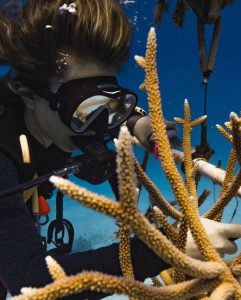
New Reef Rescue Diver Course: Volunteer in Coral Reef Restoration Abroad
Coral reefs are often called the rainforests of the sea—complex ecosystems that shelter a quarter of all marine life, feed millions of people, protect coastlines from storms, and attract travelers
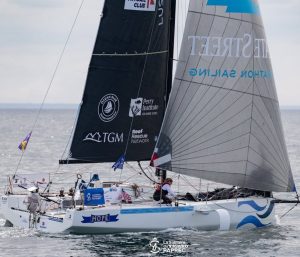
PIMS & RRN Partner with Erica Lush in La Solitaire du Figaro
Racing for Resilience: PIMS & RRN Partner with Erica Lush in La Solitaire du Figaro From coral nurseries to Europe’s hardest solo offshore race; why our science belongs at sea.
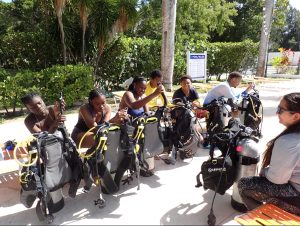
Building Ocean Leaders in South Eleuthera
Bahamas Coral Innovation Hub • Education & Training Diving into Conservation: Building Ocean Leaders in South Eleuthera By Silia Woodside1,2, Natalia Hurtado, MSc.1,2,3, & Elizabeth Mao11 Cape Eleuthera Island School
